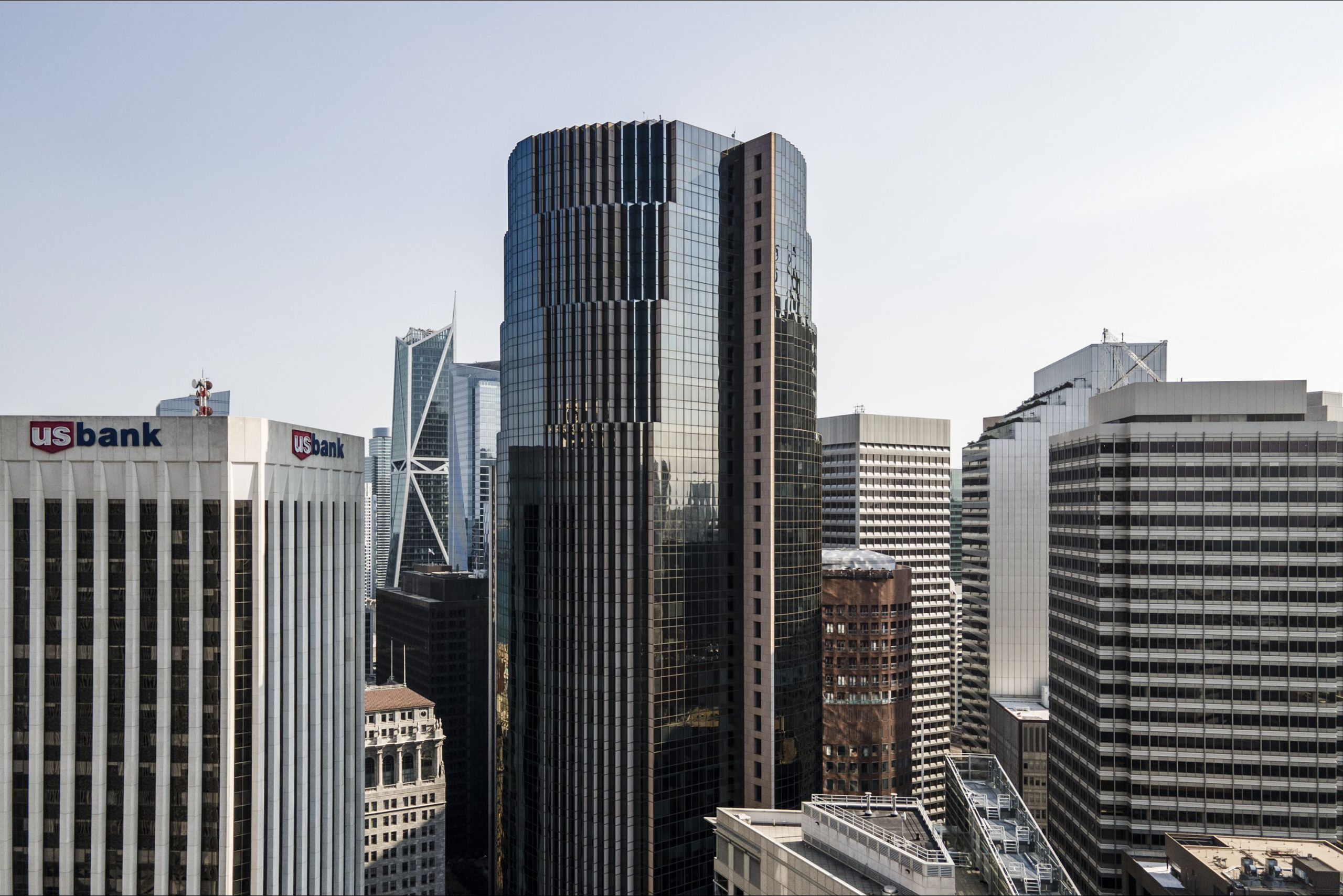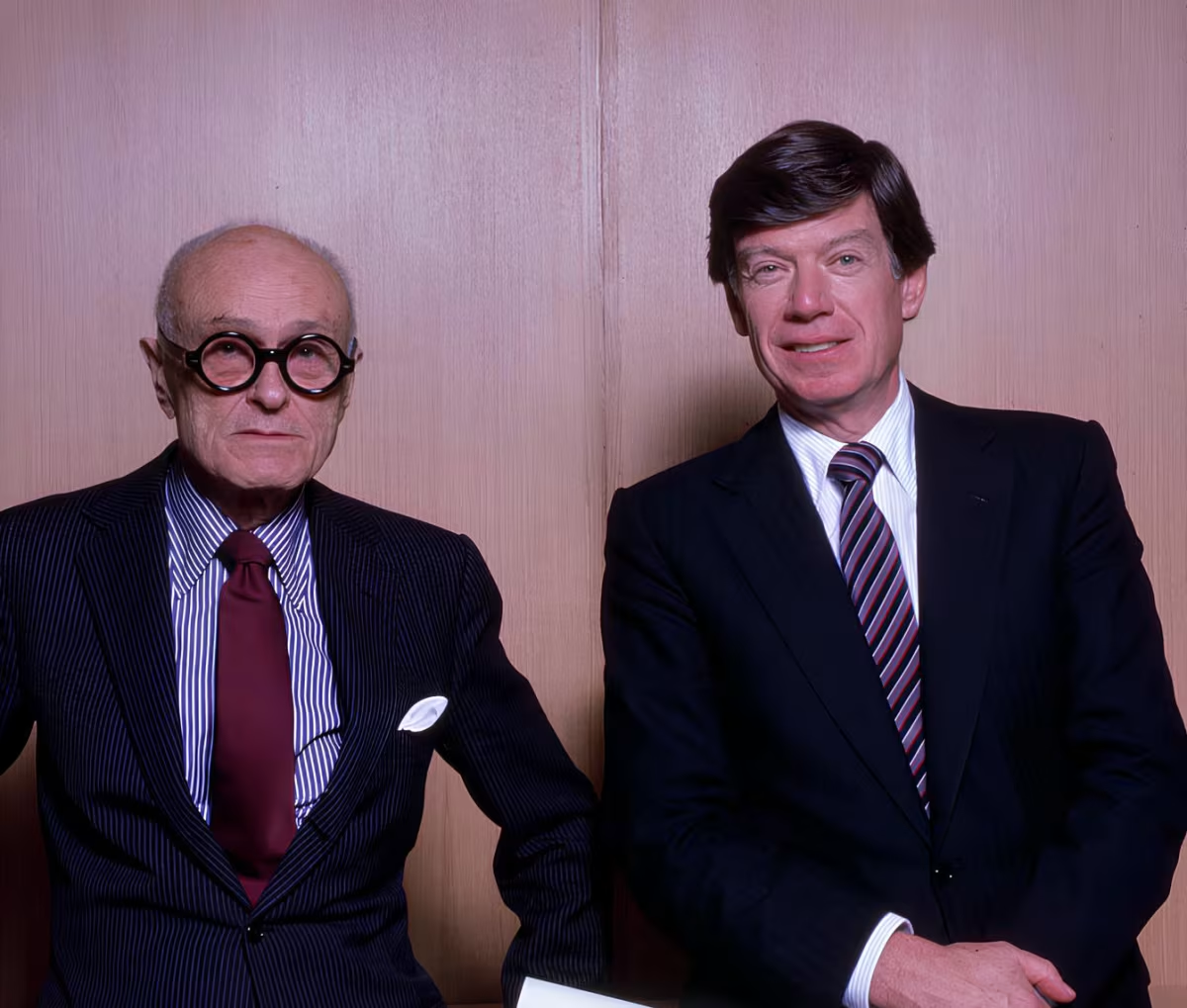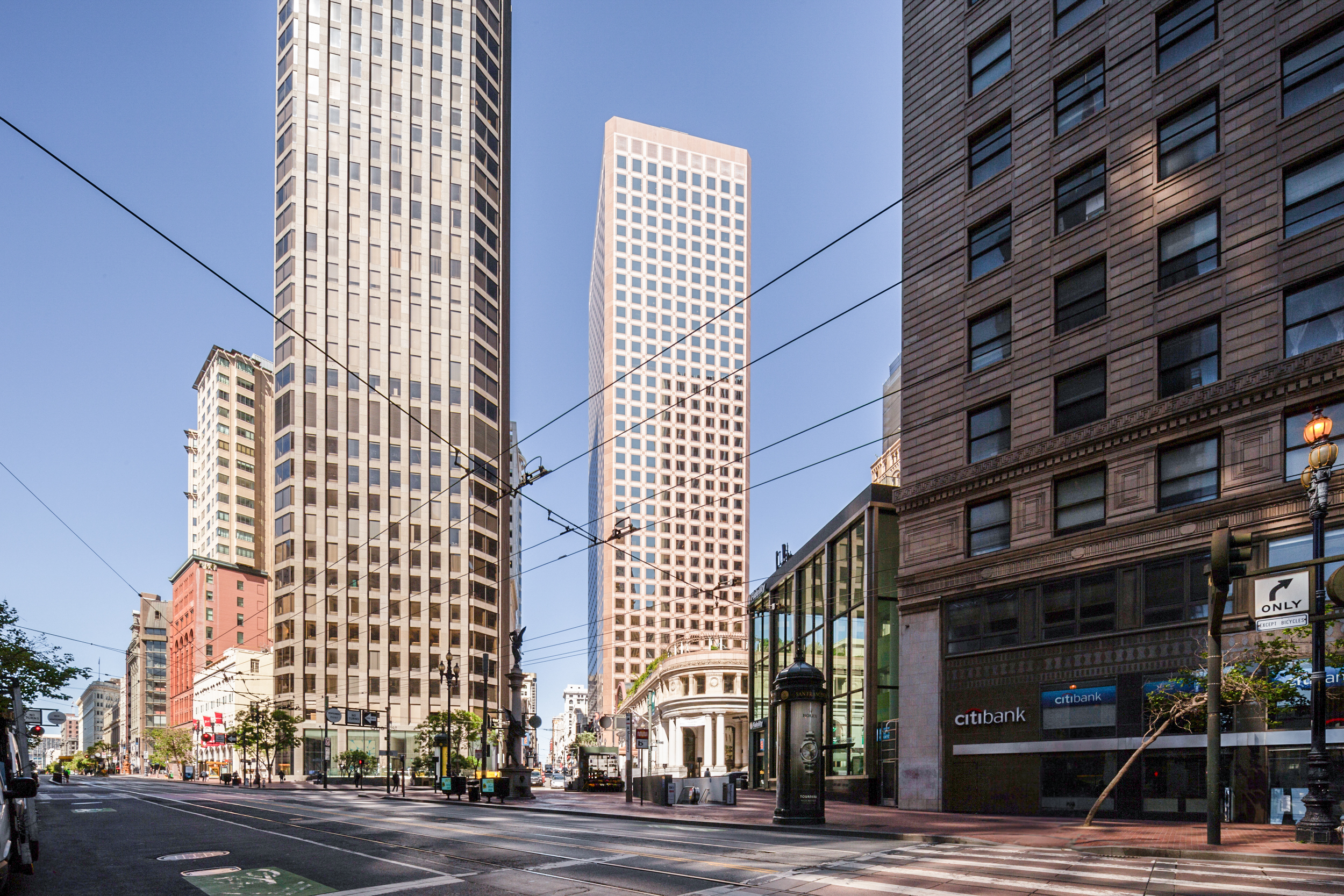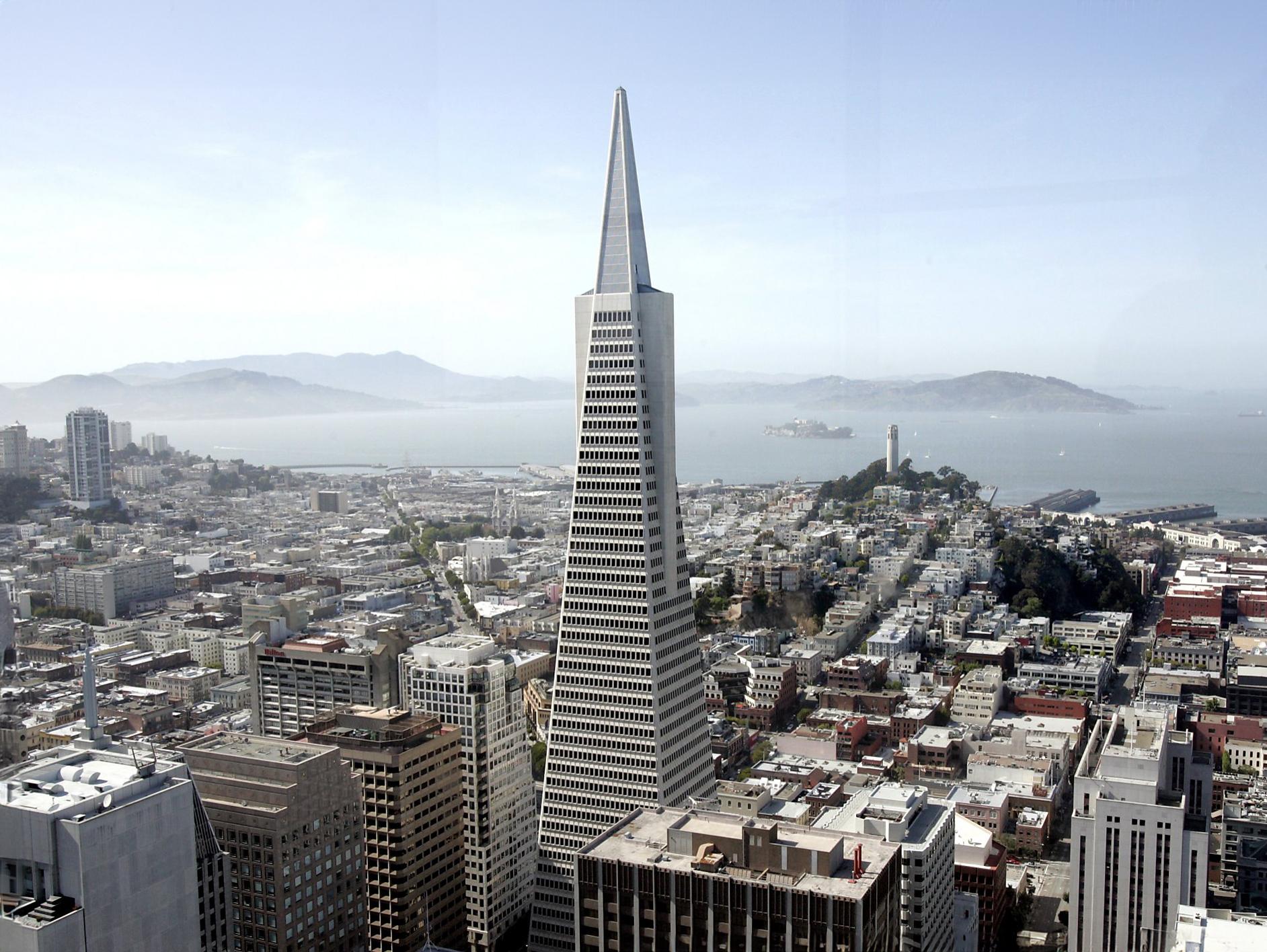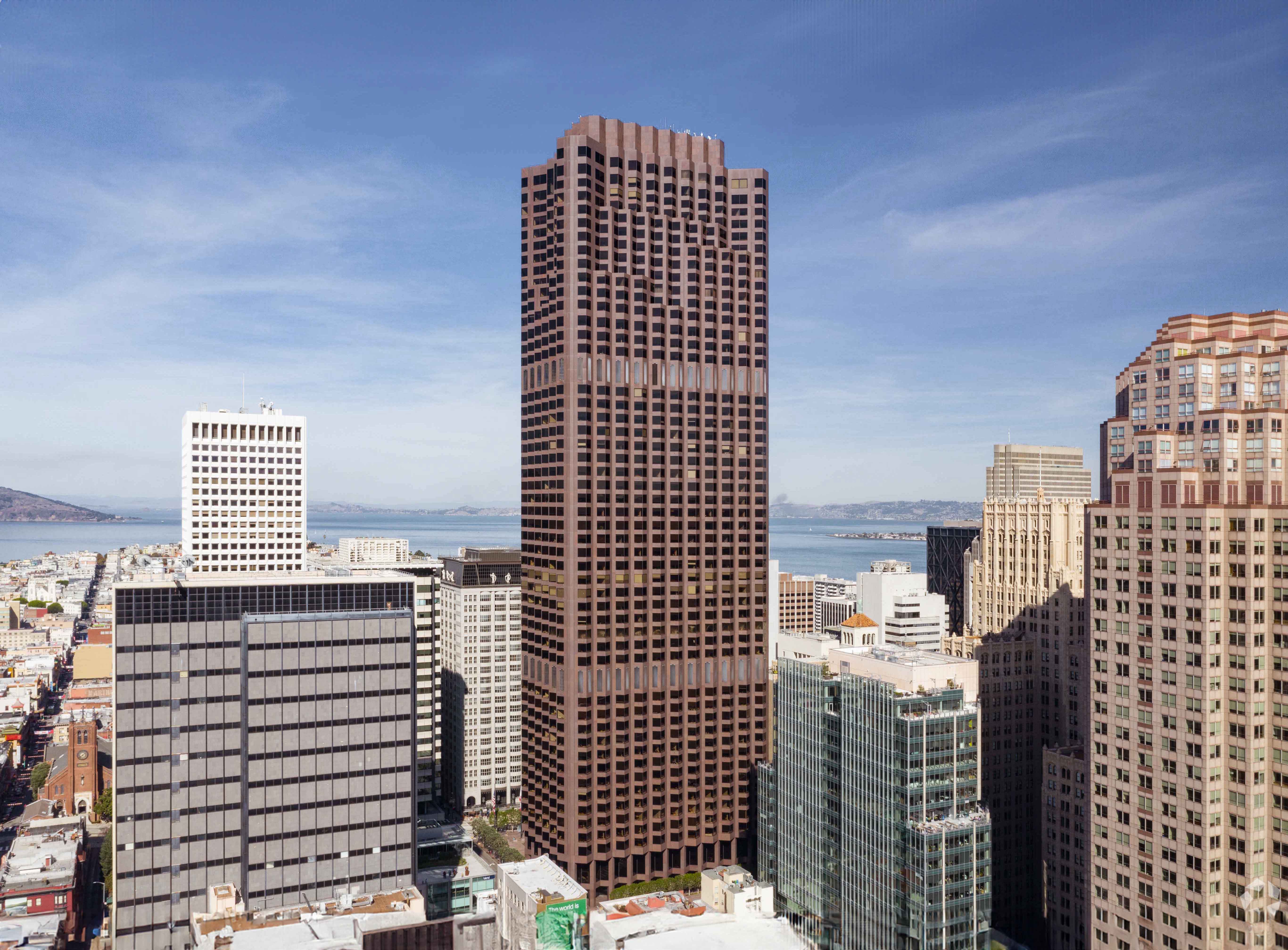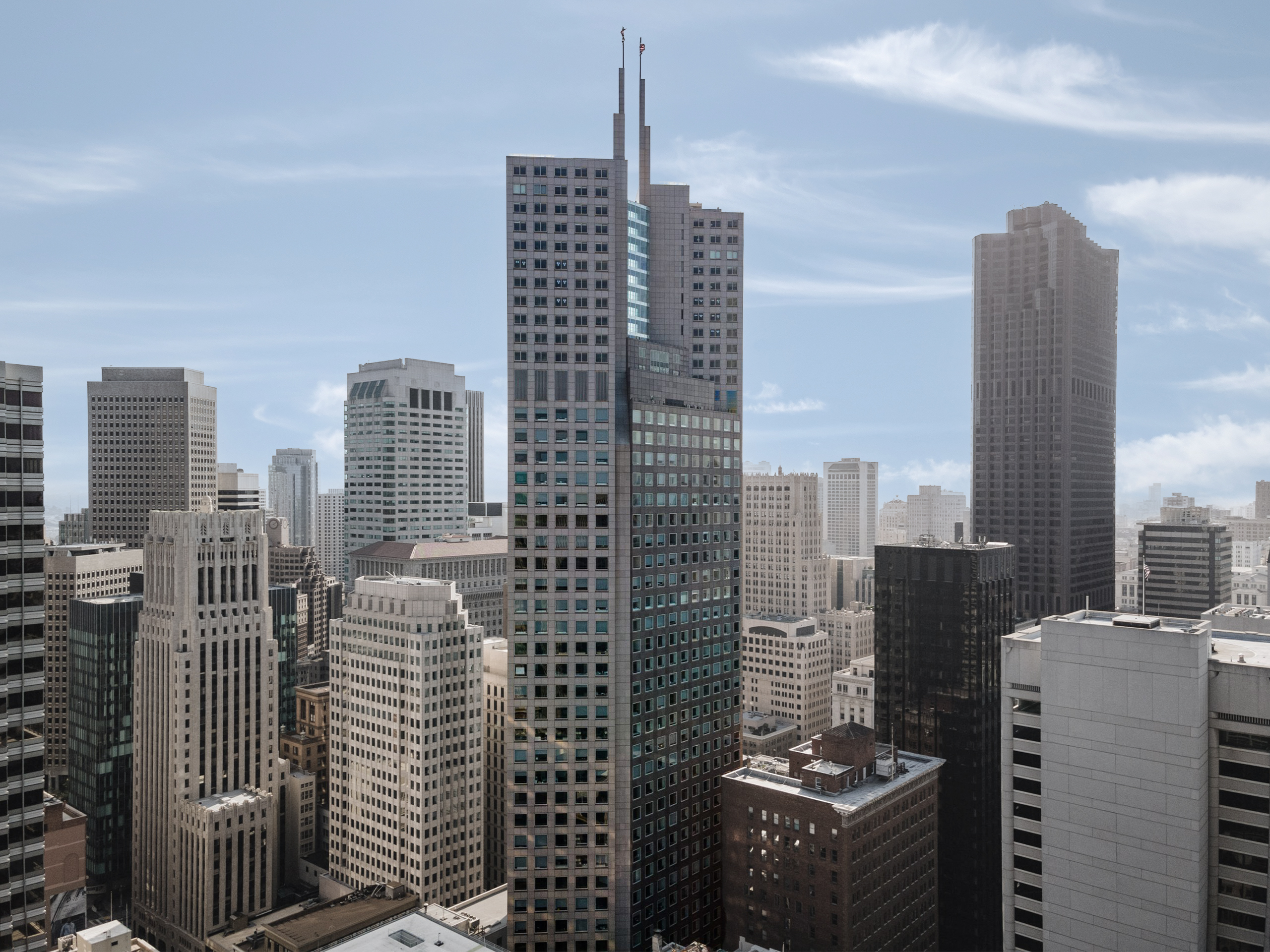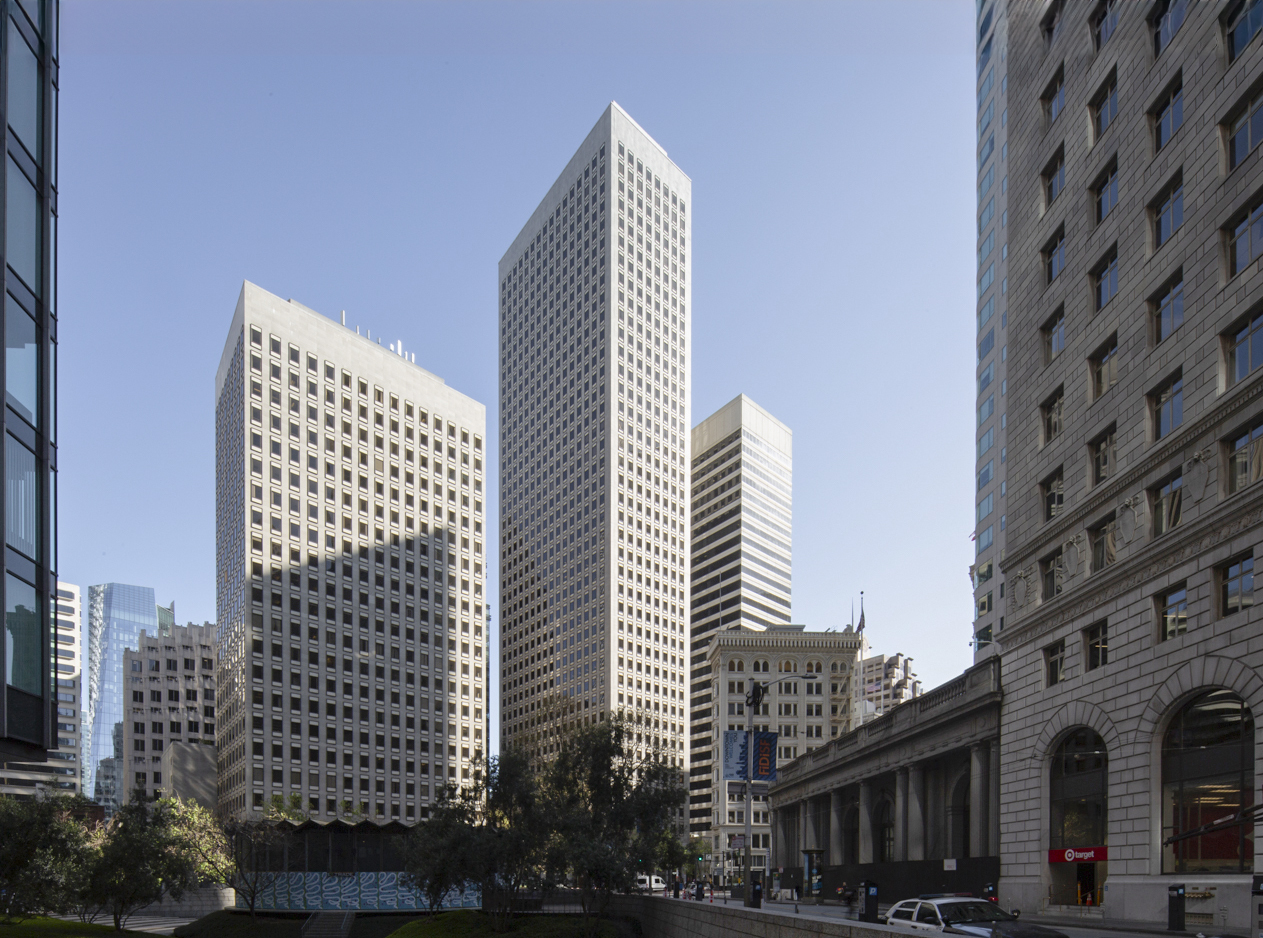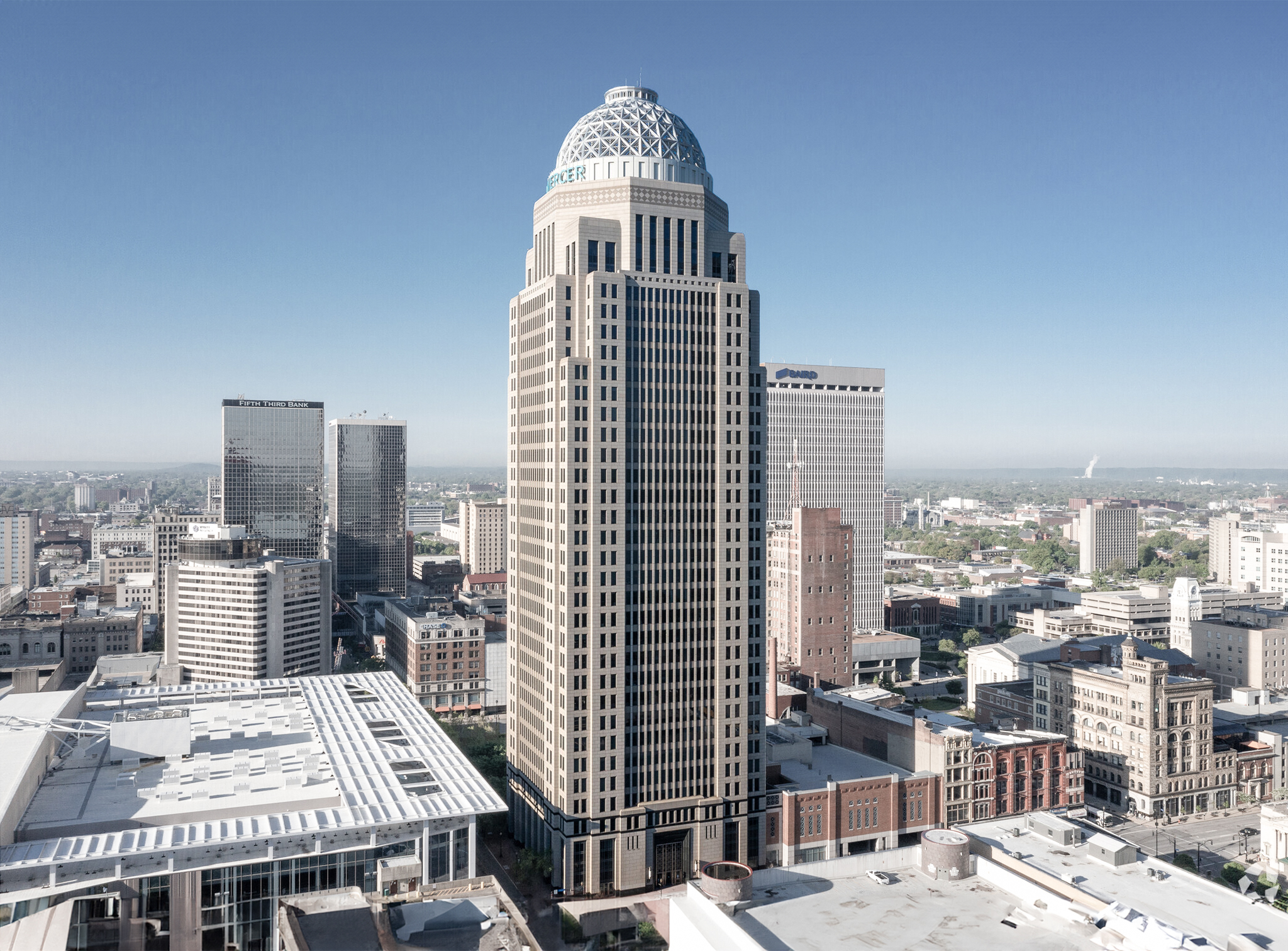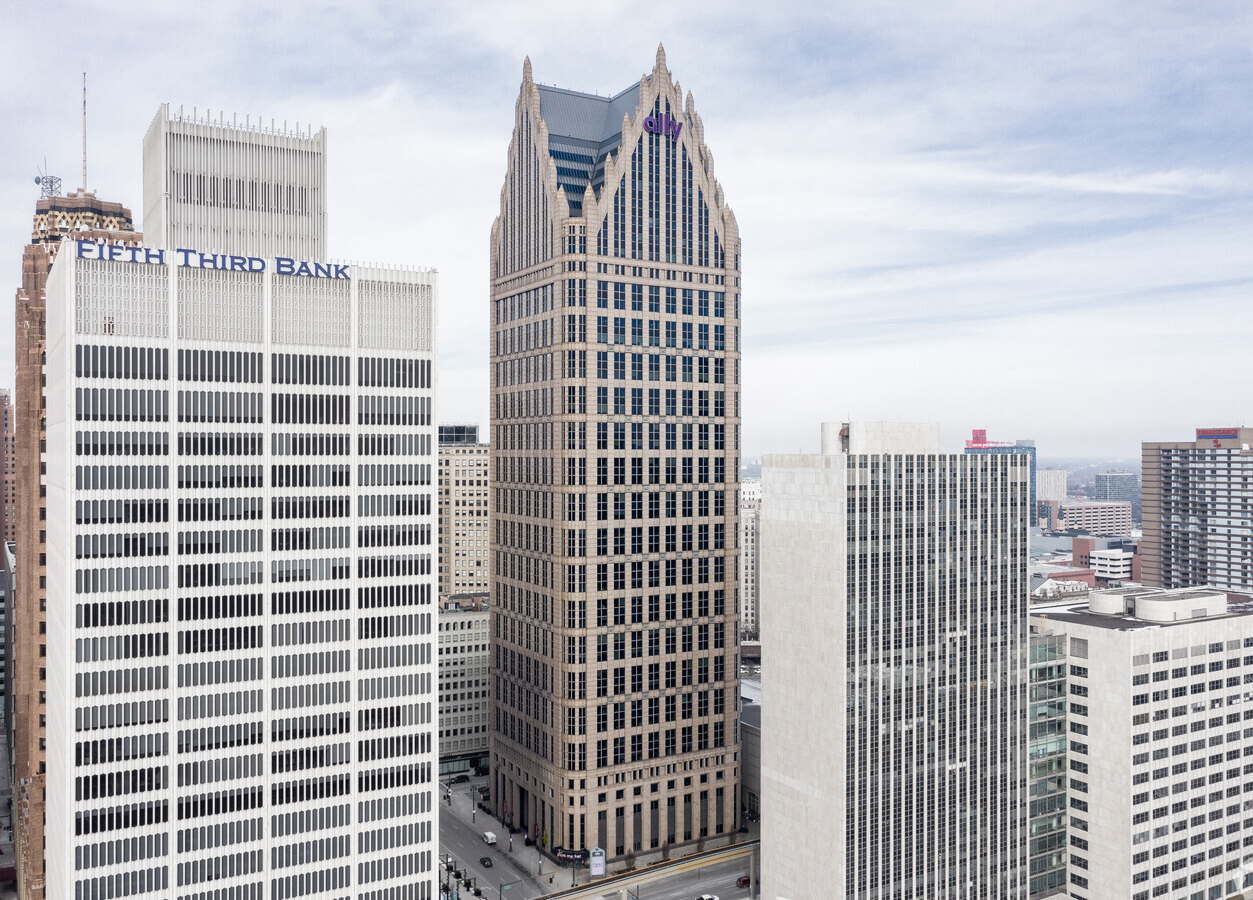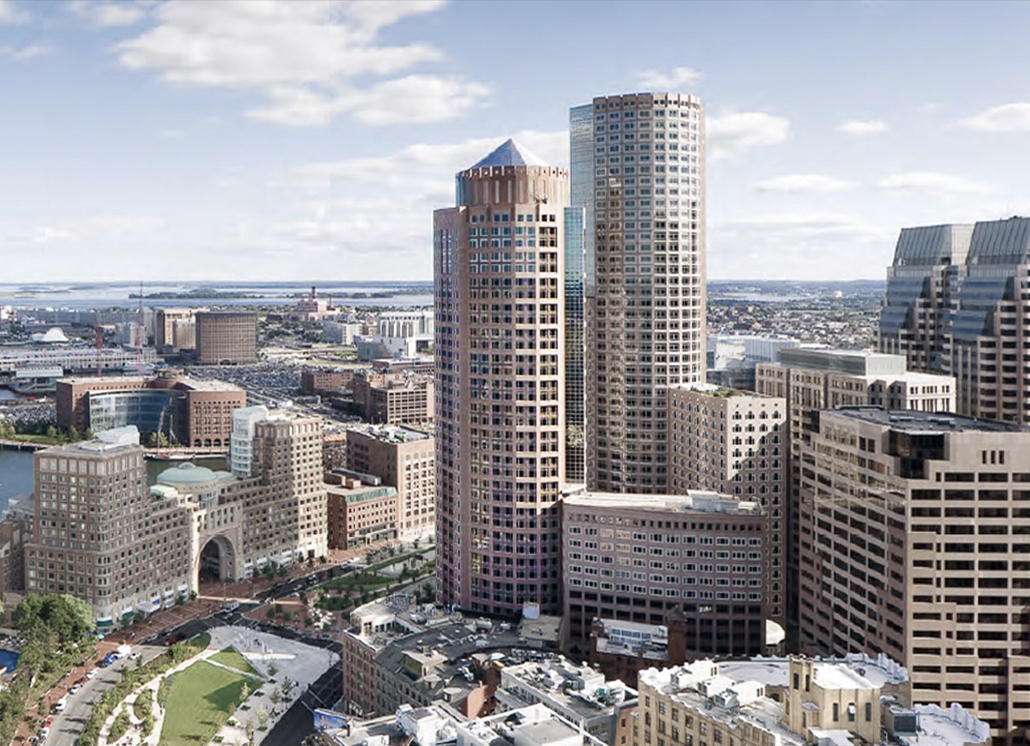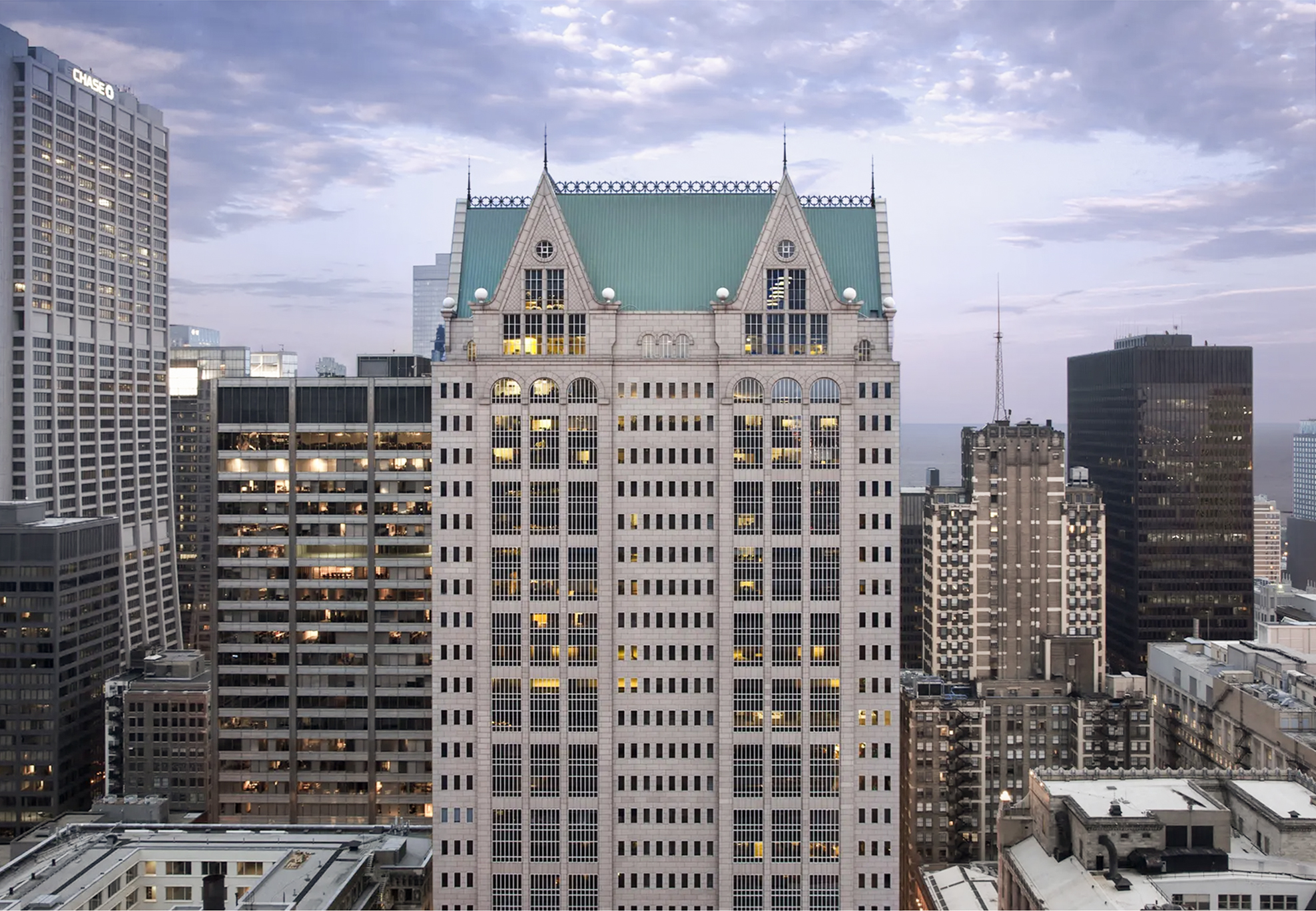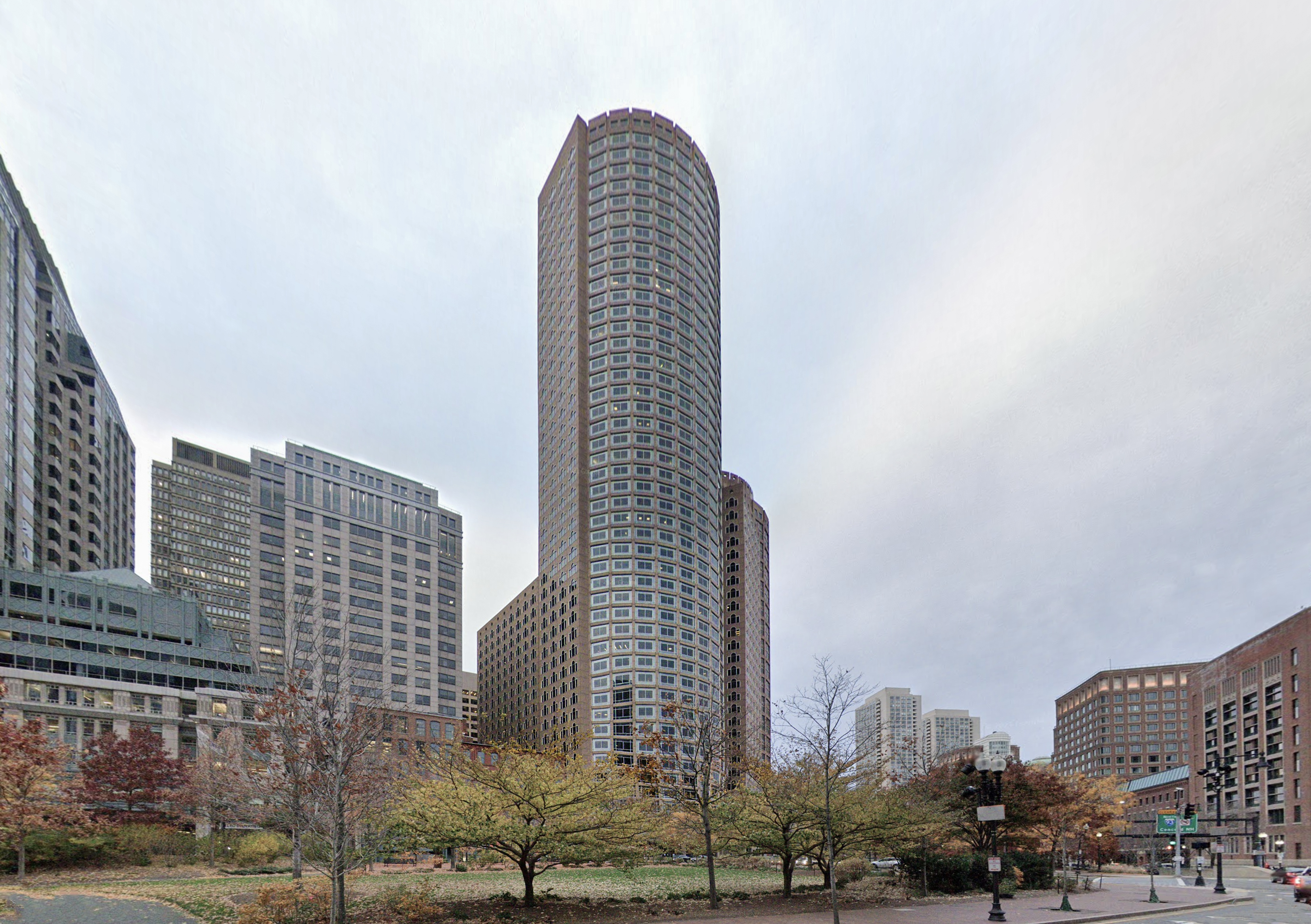The 101 California Street Building is a Postmodernist skyscraper designed by Johnson/Burgee Architects, and built between 1979 and 1982 in San Francisco, CA.
101 California Street Building is not the only name you might know this building by though. The building is, or has also been known as Itel Building.
Its precise street address is 101 California Street, San Francisco, CA. You can also find it on the map here.
With a large triangular base, the seven-story glass lobby stands out, showcasing the structural columns upon which the building rises. It is accessed through a granite plaza adorned with a fountain and flower beds .
The building underwent a major restoration in 2023. The architect commissioned to undertake this restoration was Bohlin Cywinski Jackson, OJB .
